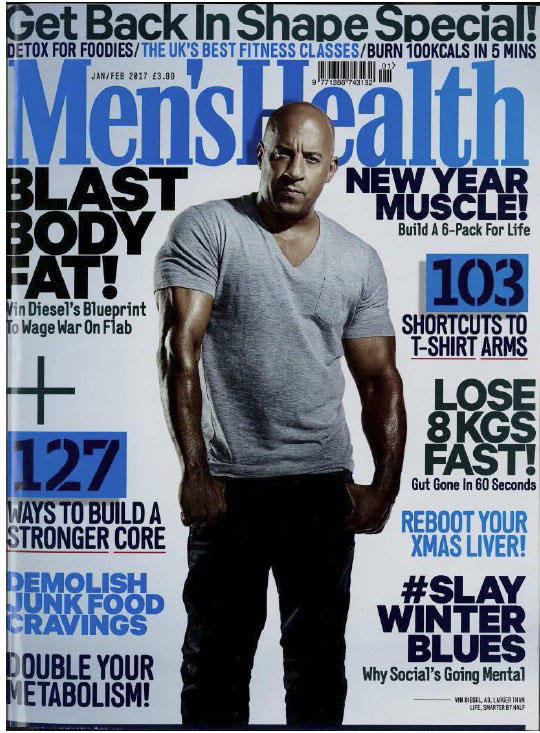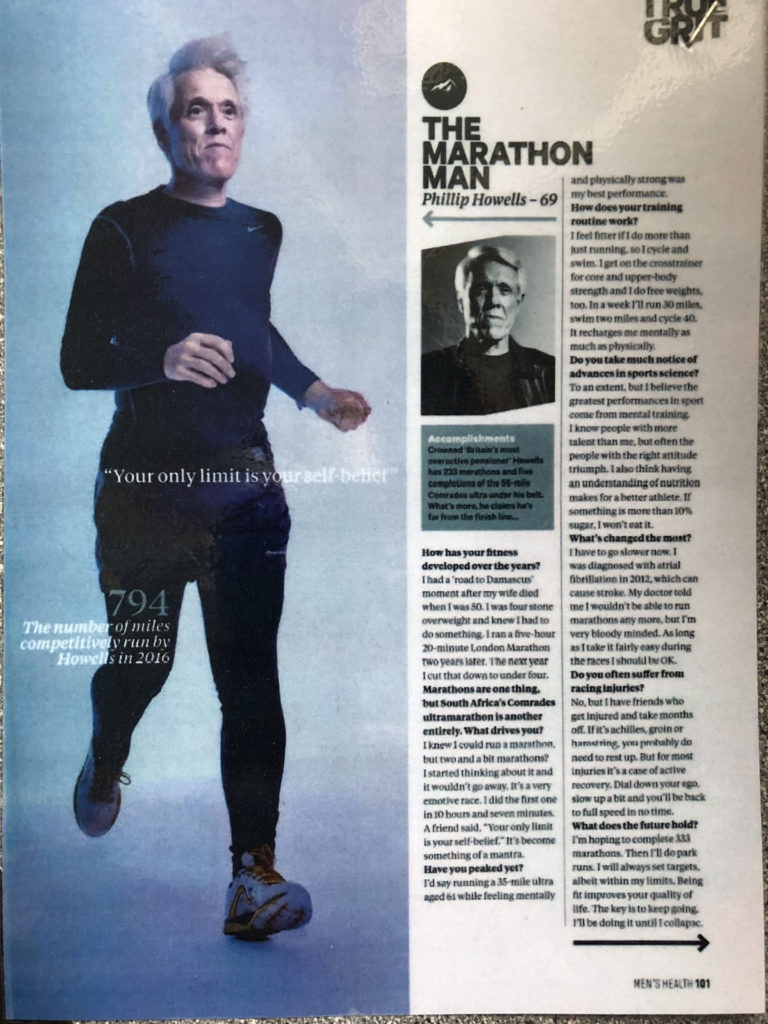IDEOLOGY CAN BE DEFINED AS A COLLECTION OF VALUES AND BELIEFS. TO WHAT EXTENT DO MEDIA PRODUCTS TARGET AUDIENCES BY CONSTRUCTING AN IDEOLOGICAL VIEW OF THE WORLD? YOU SHOULD REFER TO YOUR NEWSPAPER CLOSE STUDY PRODUCTS, THE I AND THE DAILY MAIL.
In this essay I will be comparing the Daily Mail and The i to the theories depicted by James Curran and Jean Seaton, and Livingstone and Lunt. In addition, the target audiences are naturally going to construct different ideological views of the world after consuming these newspaper products, and I will explain why this is the case.
Firstly, the Daily Mail is a conservative, right-wing newspaper and has been for many many years. I know this because in the editions from Monday 6th June, there were repeated articles with patriarchal quotes such as “Joyous Jubilee” praising the royal family, suggesting that the Daily Mail frequently targets audiences by constructing an ideological view of the world. However, these articles may be biased in that the paper is owned by Viscount Lord Rothermere, and he is likely to be in strong and healthy relations with the royal family because of his position. In addition, these kinds of relations have been known to cause potential propaganda in the Daily Mail, as during the time of the Second World War the paper supported Hitler and Mussolini, likely because of the owner’s good relations with them. According to a 2021 report by the Media Reform Coalition, 90% of the UK-wide print media is owned and controlled by just three companies, Reach PLC (formerly Trinity Mirror), News UK and DMG Media. This links to Chomsky’s theory of Ownership and Curran/Seaton’s idea that the media is heavily controlled by a few powerful media corporations. It also goes against Habermas’ concept of the “Public Sphere”. They are constructed through horizontal and vertical integration and mergers – their main goal is to make money, as Hesmondhalgh describes the media industry as a “risky business”. As such, a lot of the newspaper’s articles will be geared towards it’s audiences point of view and will be reactionary to them, which suggests that “Critical journalism takes second place to the needs and interests of the corporation” as described by the 5 filters of the mass media machine a depicted by Noam Chomsky. This also relates to the ideas of Livingstone and Lunt, who say that the interests of citizens and those of consumers cannot be easily merged. However, the idea from Shannon and Weaver that messages (the hypodermic needle theory by Lasswell) can be interrupted or modified by noise or error, and as such lose clarity and consistency indicates that the potentially biased arguments constructed as a result of the Daily Mail’s political compass may not be received as they were intended. This links to libertarianism as we are allowed to think freely, and take into account the purpose behind the stories from the Daily Mail, and by doing so we go from passive consumers to active consumers and become more accustomed to not blindly following what the newspaper tells us in an Authoritarian fashion.
In addition, the Daily Mail has an online edition which is updated each day. In this, I saw an banner advert for mortgages, and these link to the idea that the paper is selling “us” as an audience to the advertisers. This takes away from the idea that we are a libertarian country in the UK, because we are being forced to consume advertisements which we may not want to, as this particular ad was on the front page and very hard to ignore. This also fits into one of Chomsky’s 5 pillars theory, being the role of advertising.
On the other hand, the I presents a much more varied viewpoint, being particularly left wing. This is important because it is still owned by the Daily Mail General Trust (DMGT) and so from this we can see that the DMGT are attempting to horizontally integrate, and cover all political bases and audiences in order to make the most money – particularly as the media industry is a “risky business”. The front cover of the I from Monday 6th June 2022 shows a viewpoint which seems to be against the conservatives, with the quote “Johnson’s future turning toxic for Tories” being made very apparent. The I could be said to be showing a much more realistic, harsh depiction of what is going on in the world, which shows that the paper’s true concerns are to highlight important issues and try to figure out how they can be solved. One example of this is ““Proof that the poorest people get hit worse by soaring inflation” which was a key subheading from the 6th of June 2022. This goes against the ideas of the Frankfurt School, who studied the manufacture (commodification) of pleasure and good experiences, as they knew that society and human beings were starting to crave these things.
The idea that the I presents a more radical outtake on the world around us may mean that there are less opportunities for money to be made. This is suggested by the fact that the weekend price of the I increased from £1 to £1.20 in September 2019. This was likely a measure with the intent of mitigating the risks involved with the media industry, as the average daily circulation (302,757 in March 2013) has been rapidly decreasing with the rise of technology (233,869 by February 2019). All of this shows that the extend to which the I targets audiences by constructing an ideological view of the world isn’t very large.
To conclude, the Daily Mail and The I present differing values and beliefs in their newspapers. These come from various different editors and journalists, and so are to be taken with a “grain of salt” due to the fact that the political compasses of these people are likely to play a heavy part in how the articles and papers are portrayed, linking with Chomsky’s idea of Flack. The Daily Mail could be said to construct an ideological view of the world in that it presents articles with the aim of satisfying it’s right-wing audience with patriarchal quotes such as “Joyous Jubilee” and indexical symbols, for example images of the royal family, painting them in a godly manner. This is all done to mitigate the risks laid out from the media industry as depicted by Hesmondhalgh. However, the I could be said to be more left-wing as it satisfies a very different audience, being more libertarian and focusing on the importance of freedom. The fact that the I is owned by the same company as the Daily Mail (DMGT) supports Curran and Seaton’s theory that big companies are able to waive regulations, and therefore retain power and dispose of companies creating newspapers not being beneficial to them. This suggests that the I does not construct a very ideological view of the world.










